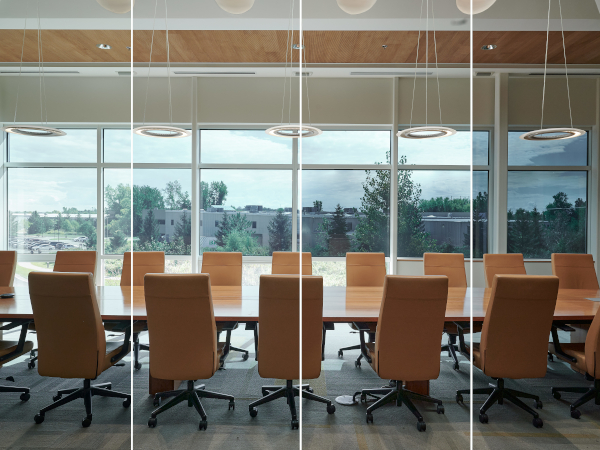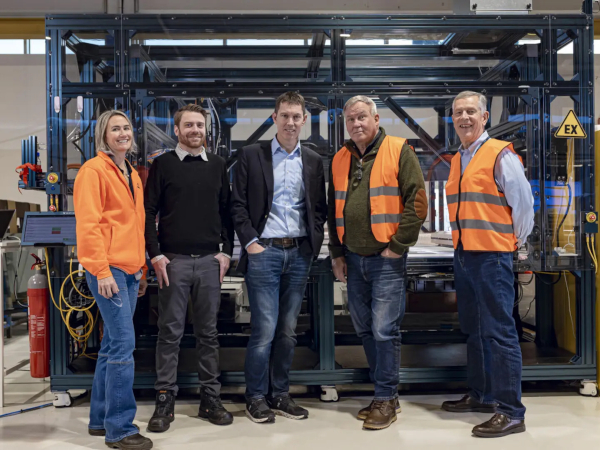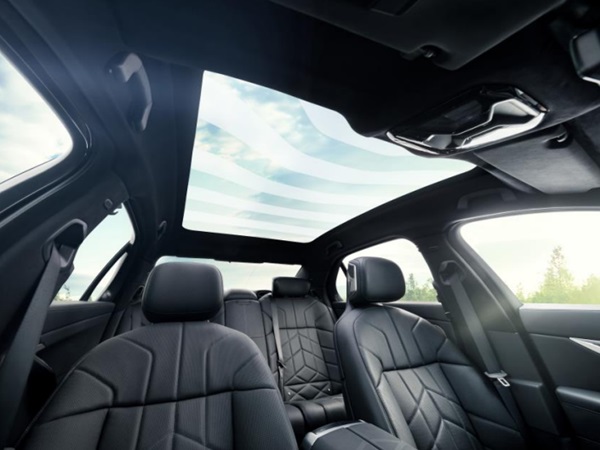Date: 21 February 2013
Our technical team test any unusual pieces with a sample of the material at our Service and Repair facilities and we have developed a range of specialist pads and lifters to suit irregular textured surfaces.We’ve also recently spotted an emerging trend for “smart glass technology” used in new futuristic materials which has caught the attention of GGR’s self-confessed glass geeks so we thought we’d take a closer look at the science behind it.
.jpg)
Image courtesy of Building magazine
For those of you who have seen the movie ‘Blade Runner’ you may recall a scene when Harrison Ford enters a room and the glass automatically darkens to provide privacy. Well it’s no longer the stuff of science fiction thanks to liquid crystal glass, which is often known as “switchable glazing”. This is used for office cubicles or bathroom doors as it can give privacy at the touch of a button. To change the glass’s appearance from opaque to transparent, an electric current is passed through the liquid crystal interlayer which causes the particles to move from their scattered positions into lines.
.jpg)
Image courtesy of Beaming Success
Electrochromic glass is a low-energy smart glass which only requires a small electrical charge to change its appearance. When the lithium ions in the thin layers of electrodes within the composite glass panels move with electrical stimulus, the glass becomes darker or opaque. Used for shop fronts, skylights and display cabinets, electrochromic glass can be used as an effective heat reflecting material to help keep buildings cool and reduce the need for air conditioning.
.jpg)
Image courtesy of Pike Research
“Breathing” kinetic glass is a truly science-fiction film worthy material which is still being developed in the laboratory. This “living” glass can help to control the air quality within a room as dynalloy flexinol wires make the holes in the panels open and close like fish gills when triggered by an electrical response to people breathing.
Fascinating stuff, coming from the lab to a window near you soon!
.jpg)
Image courtesy of Inhabitat.com








Add new comment